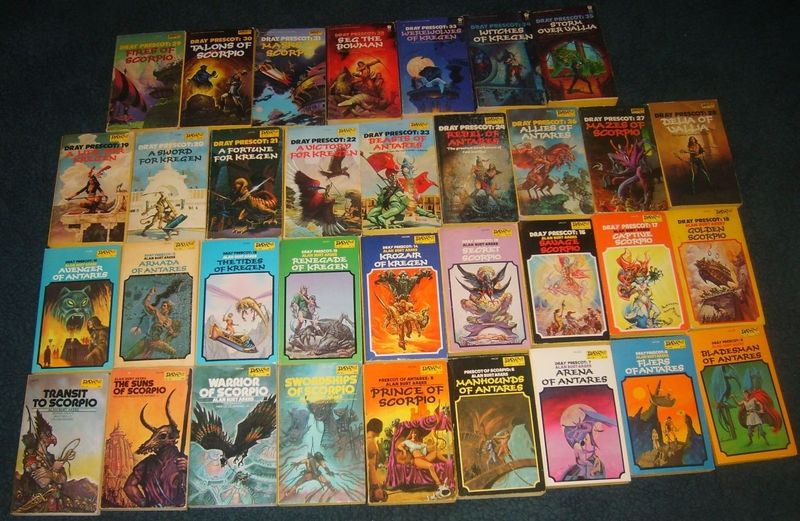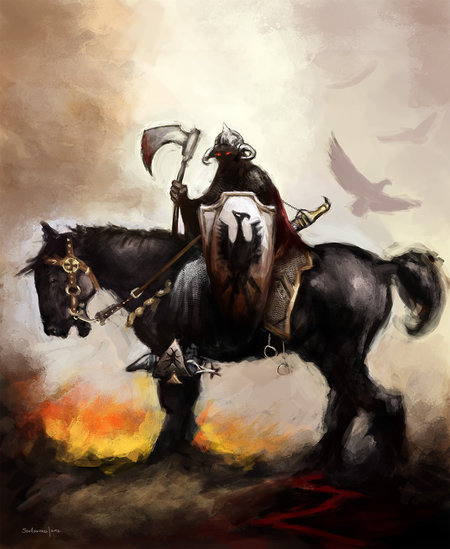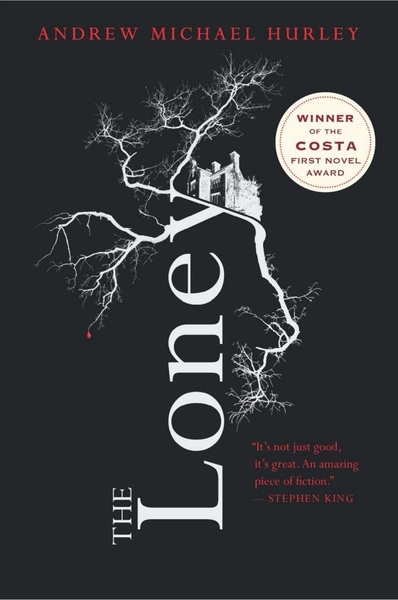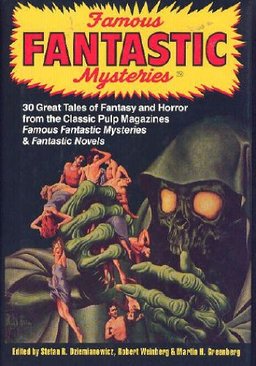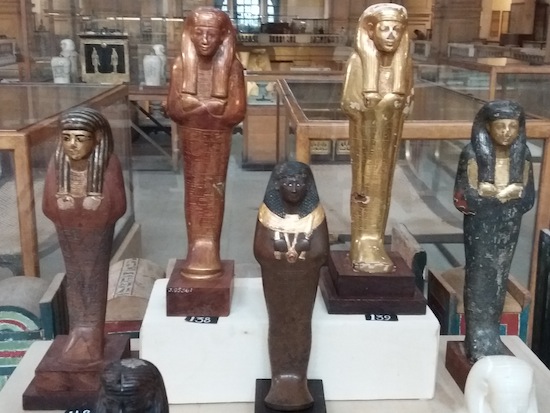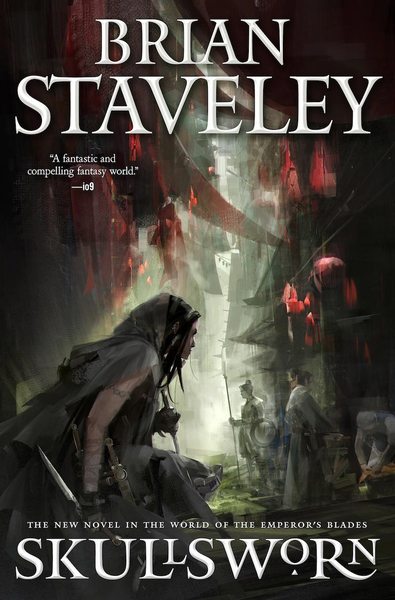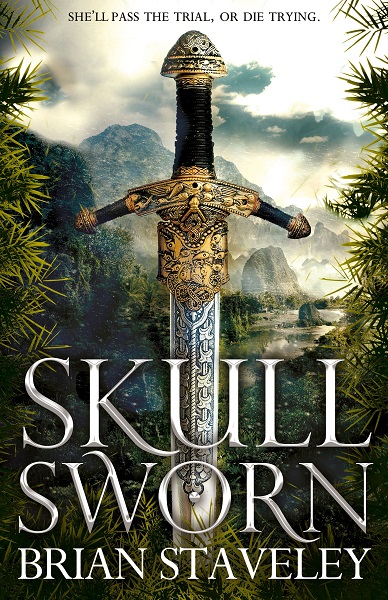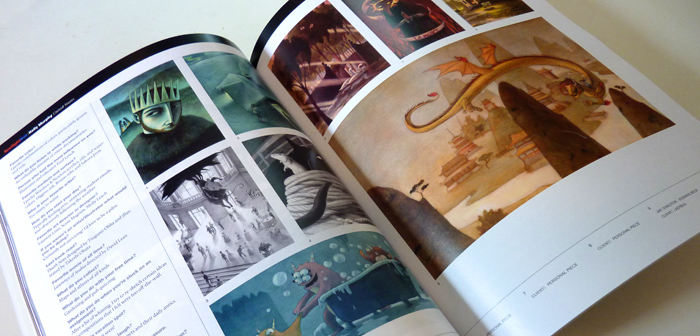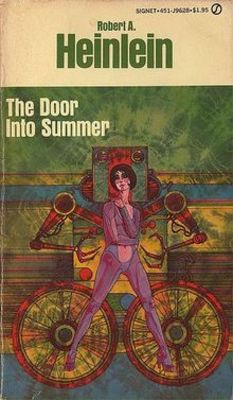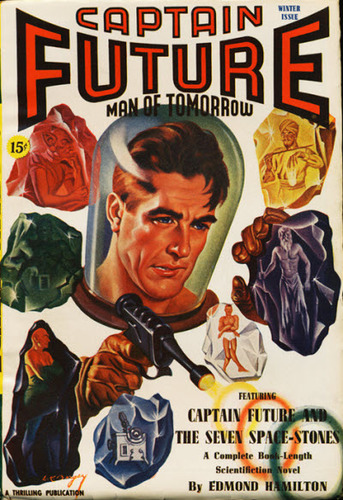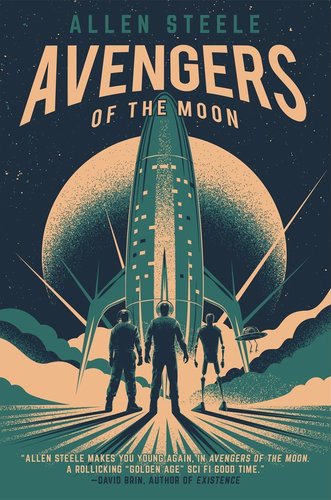Why You Should Go to Conventions
The Dray Prescot series, by Alan Burt Akers
Last month, I posted in a couple of Facebook groups a piece of new art that Deb and I had bought. In response to the post, one person asked how to go about acquiring illustration art, and I mentioned that one good venue was going to conventions such as The Windy City Pulp and Paper Convention (shameless plug) or PulpFest for vintage art, or IX or Spectrum Fantastic Art Live for new stuff. And many of the larger comic conventions also have some dealers who specialize in vintage illustration art, or artist attendees doing current work. And several SF/fantasy conventions, such as World Fantasy, Boskone or Worldcon still have good art rooms (and Boskone in particular has strong vintage art components to their art shows), though in most cases SF cons are not what they used to be when it comes to art. In addition to conventions, I also mentioned various auction houses, eBay and dealers, which are more typical day-to-day places to find illustration art, as cons are scattered throughout the year and most of us can’t attend all of them.
Of course, this is only my opinion, and others may have different experiences, particularly when it comes to collecting newer illustration art. Our focus is on older illustration art, and while we do have several pieces that have been created in the past few years, the bulk of our collection is illustration art that’s at least 30 years old, with the majority of it at least 60 years old and some over 100 years old.
